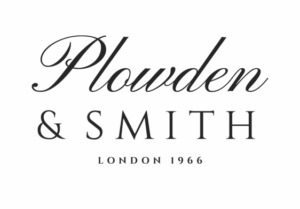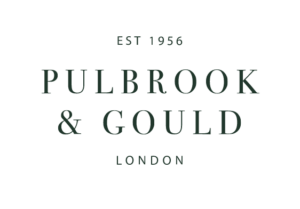Two public art galleries shaping tastes and influencing the market present landmark exhibitions this summer
Two of Britain’s most influential public art galleries offer landmark exhibitions this summer, one in London, the other in West Sussex. Both have the power to revive an artist’s market when solo exhibitions are the order of the day.
In London, Britain’s first purpose-built public art gallery, Dulwich Picture Gallery, whose permanent collection includes more than 600 paintings – many by Old Masters – is staging Yoshida: Three Generations of Japanese Printmaking, from June 19 until November 3.
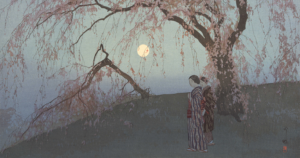
Yoshida Hiroshi, Kumoi Cherry Trees, 1926, appearing at the Dulwich Picture Gallery. Courtesy Fukuoka Art Museum.
This artform proved hugely influential on fin de siècle artists in Paris, notably Toulouse Lautrec and, especially, Van Gogh, but also many others. Katsushika Hokusai (1760-1849) and Utagawa Hiroshige (1797-1858) are two of the best known names.
Hiroshi Yoshida (1876-1950), one of the greatest artists of this genre and a master pioneer of the shin-hanga style, founded a lasting reputation with his landscape prints. The exhibition opens with the work he created when he travelled across the world and created woodblock prints of American and European landscapes.
“New research will provide an insight into Hiroshi’s time in London, including his visit to Dulwich Picture Gallery in 1900, and his signature in the Gallery’s visitor book,” we are told.
The exhibition of more than 75 exquisite prints also covers the work of Horishi’s wife Fujio (1887-1987), a renowned water colourist, painter and printmaker, being shown in the UK for the first time, as well as that of Horishi’s sons Tōshi (1911-1995) and Hodaka (1926-1995), and Yoshida Chizuko (1924-2017) who married Hodaka, was a renowned artist and co-founder of the first group of female printmakers in Japan, the Women’s Print Association.
Eighty miles south west of Dulwich, Pallant House Gallery in Chichester follows up its highly successful celebration of the British Romantic artist John Craxton (1922-2009) with an exhibition of wider scope: The Shape of Things: Still Life in Britain, billed as “the first major exhibition to explore British still life”.
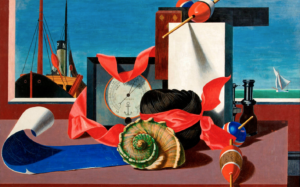
‘Bright Intervals’, 1928, by Edward Wadsworth, which features in the Pallant House Gallery show. Credit: Museum & Art Swindon
The show’s chief objective is to demonstrate that Still Life is not of secondary significance in the artistic canon, and it illustrates this with a broad range of work by Modern and Contemporary British artists. “The exhibition digs into still life’s rich symbolism and how it’s pushed boundaries and new ideas,” says the gallery.
It also traces the history of still life painting from the 17th century ‘vanitas’ paintings via post-impressionism to abstraction and from pop to conceptual art.
Artists featured include Vanessa Bell, Edward Burra, Patrick Caulfield, Lucian Freud, Duncan Grant, Richard Hamilton, Mona Hatoum, David Hockney, Lee Miller, Paul Nash, Ben Nicholson, William Nicholson, Eric Ravilious, William Scott, Walter Sickert, Stanley Spencer, Edmund de Waal and Rachel Whiteread among others.
Both of these shows guarantee to inform and entertain.
